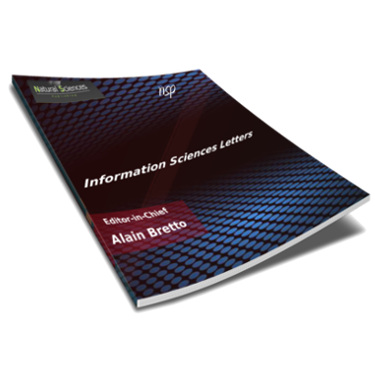
Information Sciences Letters
Abstract
In light of the continuous and rapid increase in reliance on solar energy as a suitable alternative to the conventional energy produced by fuel, maintenance becomes an inevitable matter for both producers and consumers alike. Electroluminescence technology is a useful technique in detecting solar panels’ faults and determining their life span using artificial intelligence tools such as neural networks and others. In recent years, deep learning technology has emerged to open new horizons in the accuracy of learning and extract meaningful information from many applications, particularly those that depend mainly on images, such as the technique of electroluminescence. From the literature, it is noted that this part of the research has not received enough attention despite the importance that researchers have attached to it in the past few years. This paper reviews the most important research papers that rely on deep learning in studying solar energy failures in recent years. We compare deep and hybrid learning models and highlight the essential pros and cons of each research separately so that we provide the reader with a critical overview that may contribute positively to the development of research in this crucial field.
Recommended Citation
Al-Mashhadani, Rawad; Alkawsi, Gamal; Baashar, Yahia; Ahmed Alkahtani, Ammar; Hani Nordin, Farah; and Hashim, Wahidah
(2021)
"Deep Learning Methods for Solar Fault Detection and Classification: A Review,"
Information Sciences Letters: Vol. 10
:
Iss.
2
, PP -.
Available at:
https://digitalcommons.aaru.edu.jo/isl/vol10/iss2/13

